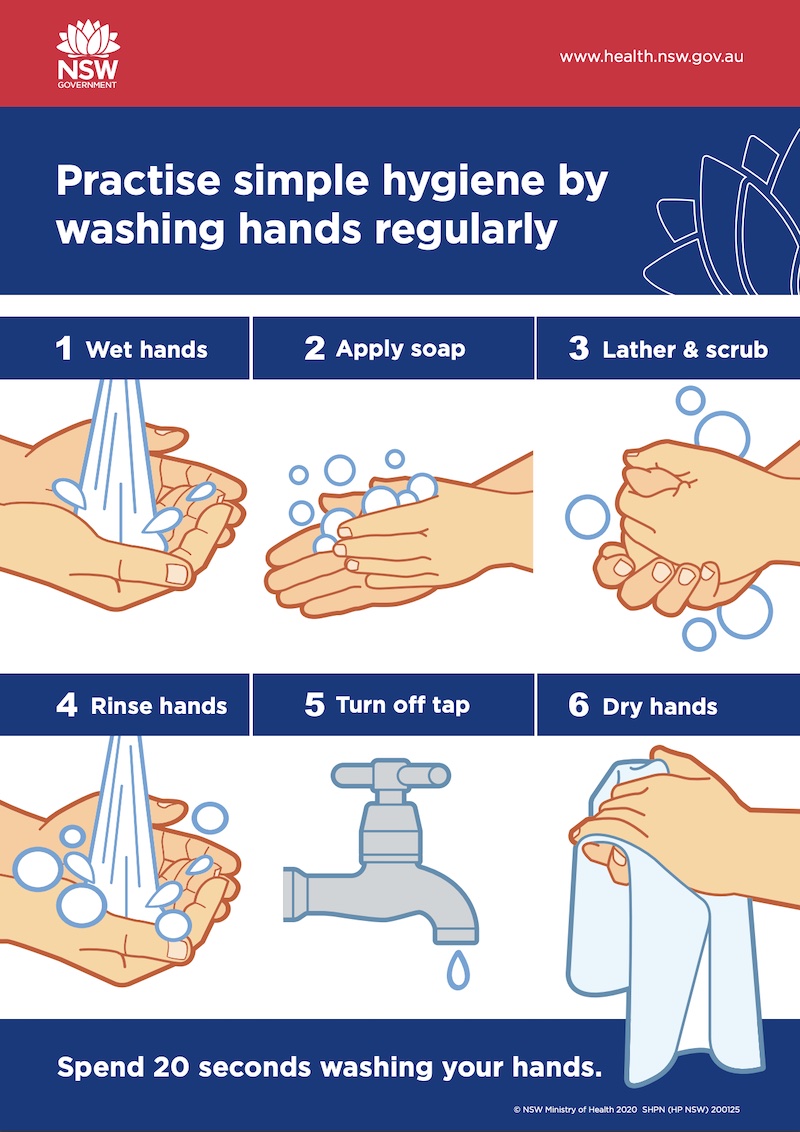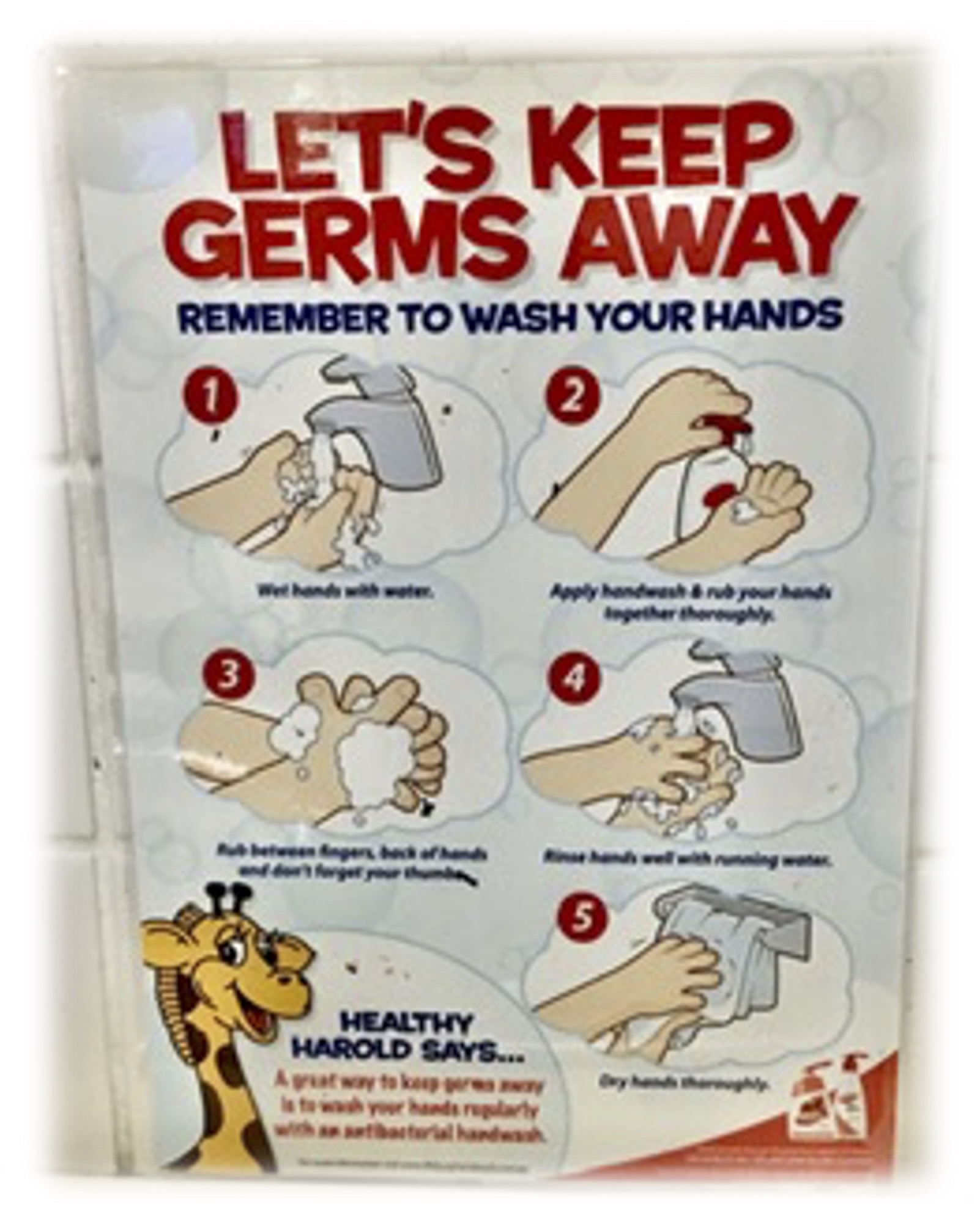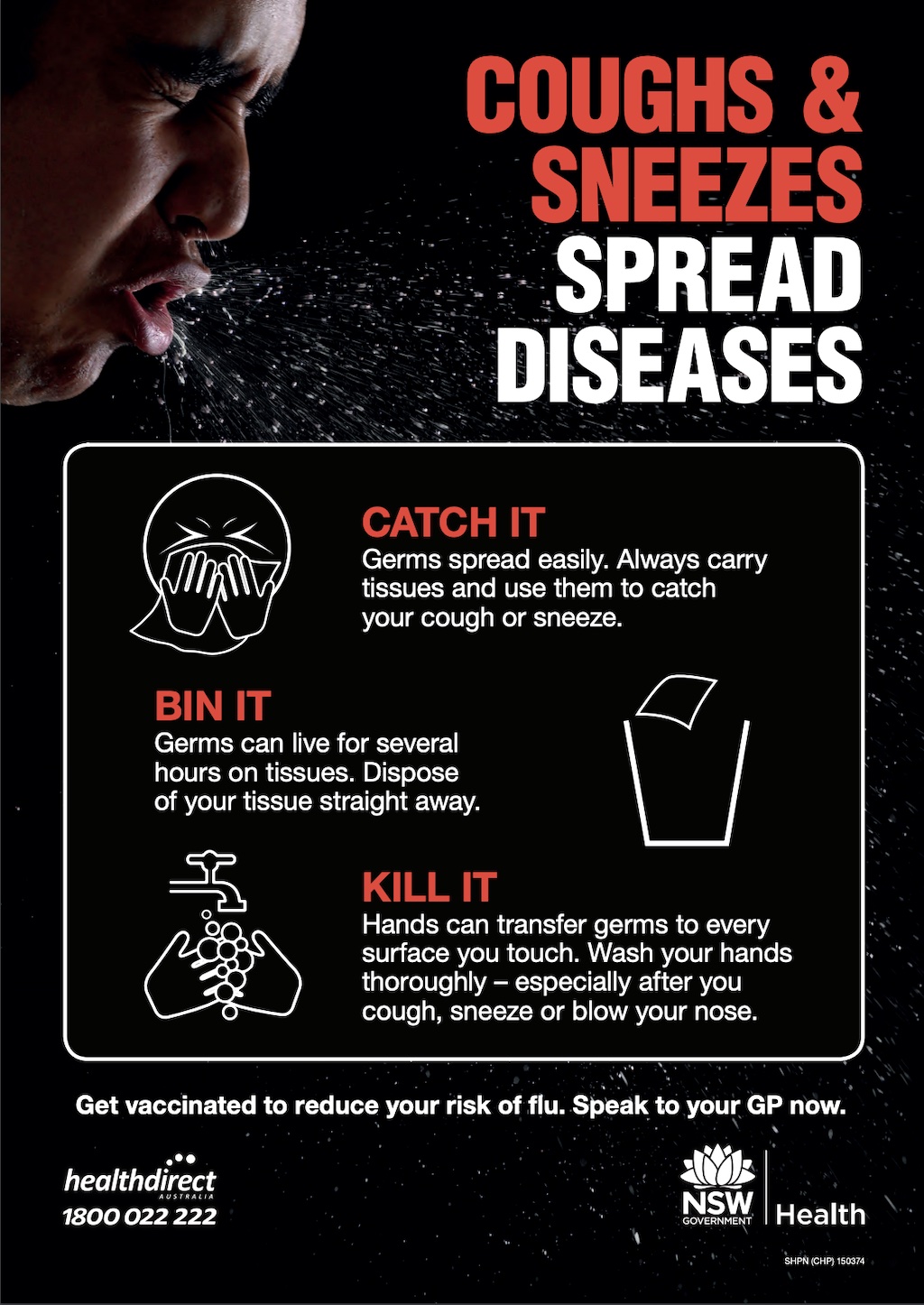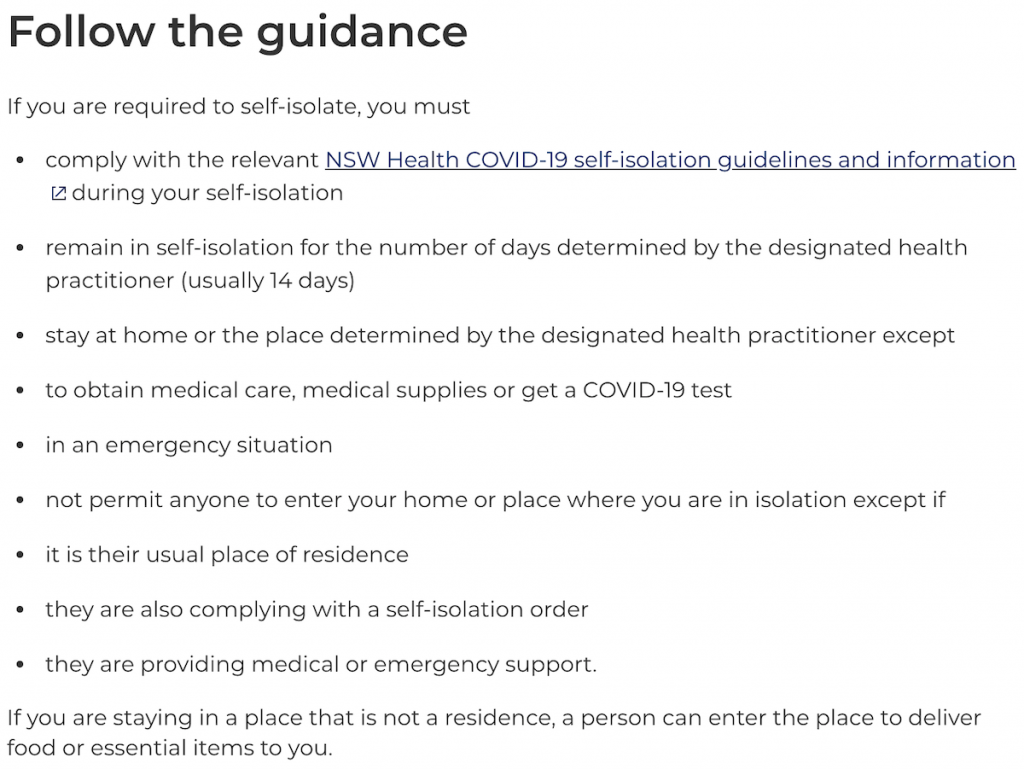Authors of successful texts ensure the purpose is clear, and appropriate for the intended audience.
… a recent analysis of COVID-19 information on government websites found only two of the 52 documents examined could be read with relative ease. Most of the others were full of long sentences and unnecessarily difficult words where simple language would do.
The Conversation (28 January 2021)
This startling analysis was presented in the context of:
Almost half of Australian adults struggle to read. That doesn’t mean they are illiterate. It means they struggle to understand a lot of written information.
The Conversation (28 January 2021)
The article reminded me of the K.I.S.S. principle.
KISS, an acronym for keep it simple, stupid, is a design principle … [that] states that most systems work best if they are kept simple rather than made complicated; therefore, … unnecessary complexity should be avoided.
Wikipedia accessed 02/03/2021

This can be applicable not only to systems, but to messages. It should inform the way we communicate in writing, particularly in signage around important health issues, and in our schools.
However, much of the government-produced information on COVID-19 ‘were written in a way that is inaccessible to struggling readers’, say researchers, Cath Ferguson (Edith Cowan University), Margaret Kristin Merga (current inaugural Patron of the Australian School Library Association), and Professor Stephen Winn (Edith Cowan University).
As these The Conversation authors write:
‘Governments should not assume failure to comply with public health measures is always a choice. It’s possible that the message simply hasn’t been received.’
Perhaps our students’ failure to comply is not always a choice; it is quite possible that our messages are not received.
Plain English
Australian Government bodies are required to use plain English in emails, reports, policies, workplace procedures, and forms.
Plain English, as described by the National Disability Services,
presents information in a way that helps others to understand the message the first time they read or hear it. It allows people to:
- Easily find what they need
- Understand what they find
- Use the information
To do this, the Australian government’s Style Manual has the following
advice:
Use plain language.
Write short and simple sentences in active voice.
Choose the words that are familiar to the user.
Only use the abbreviations, contractions, acronyms and initialisms that the user understands.
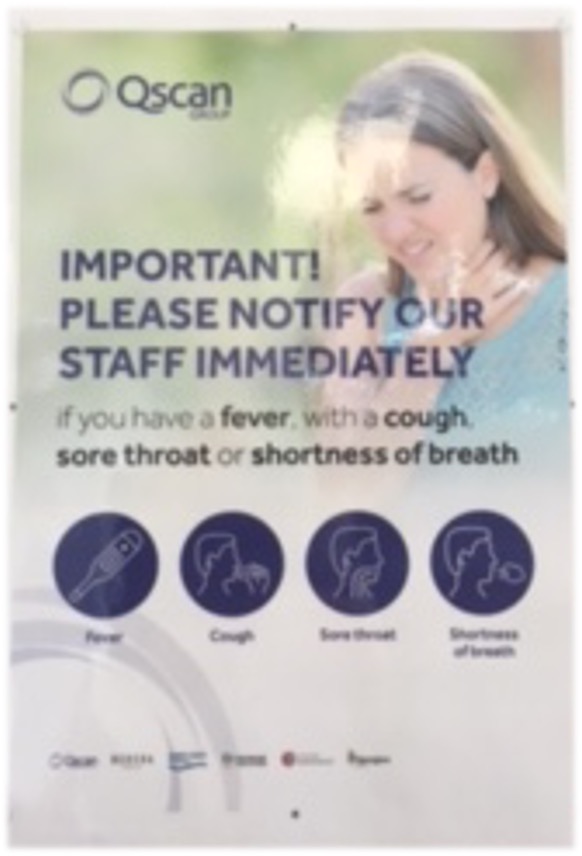
The Australian Style Guide is designed to help writers make their writing clear, precise and unambiguous. We can all apply their principles to our work with the whole school community. They offer guidance and assistance.
Here is an example of their work with long-winded official writing, and with suggested improvements.
Before
High-quality learning environments are a necessary precondition for facilitation and enhancement of the ongoing learning process.
After
Children need good schools if they are to learn properly.
I couldn’t agree more!
Other ‘minimalist’ concepts
- Ockham’s Razor – William of Ockham espoused the idea that the simplest explanation is usually the right one; that is, simpler theories are preferable to more complex ones because they are more testable.
Ockham’s Razor on ABC Radio National on Sundays at 7:45am ‘is a soap box for all things scientific, with short talks about research, industry and policy from people with something thoughtful to say about science’. - Malala Yousafzai – immovable faith in the power of education, summed up in her philosophy ‘One child, one teacher, one book, one pen can change the world.’
- Minimalist art – a highly purified form of beauty … it does not pretend to be anything other than what it is. (from: Tate Modern)
- Antoine de Saint Exupéry in ‘The Little prince’ “It seems that perfection is reached not when there is nothing left to add, but when there is nothing left to take away.”
- Marie Kondo – Philosophy that if you properly simplify and organize your home once, being mindful, introspective and forward-looking, you’ll never have to do it again.
Governments should draft community messages accordingly. When it comes to COVID-19, where individual actions affect the rest of the public, it’s even more important to get the communication right.
The Conversation (28 January 2021)
Governments are required to do this.
This example of ‘Self-isolation rules’ could do with some clarification:
NSW Department of Health isolation guidelines
Some analysis and comment
- Self-isolation/self isolate
This term and its variations has been widely used in reference to COVID-19, but has not necessarily been clarified.
- Follow the guidance
This heading is being used as an instruction; ‘the guidance’ would be clarified with the use of ‘this’, as in ‘Follow this guidance’, but the rest of the instructions don’t match this beginning anyway
- Guidance – noun
Not in common use
- If you are required to …
Modifying the action – the reader wants to know what to do, that’s why they are reading this
- Comply/ing
Not in common use
- Sentence stem ‘… you must’
Requires dot points to complete the sentence. In this case, there are 9 dot points, and six of these require a new stem
And so on. The text does not clearly state what it is the reader has to do.
I recommend using the Australian Style Guide to assist with the writing of more ‘guidance’.
Resources:
- The Australian Style Guide is designed to make writing clear, precise and unambiguous. We can apply their principles to any texts we are writing. They offer guidance and assistance.
- Plain English Foundation in Australia, whose motto is ‘getting to the point with the clear communication experts’, supports the use of clear and unambiguous language to get a message across. They offer training.
- The plain English movement started in England, and its genesis, and lots of useful information can be found at http://www.plainenglish.co.uk/
